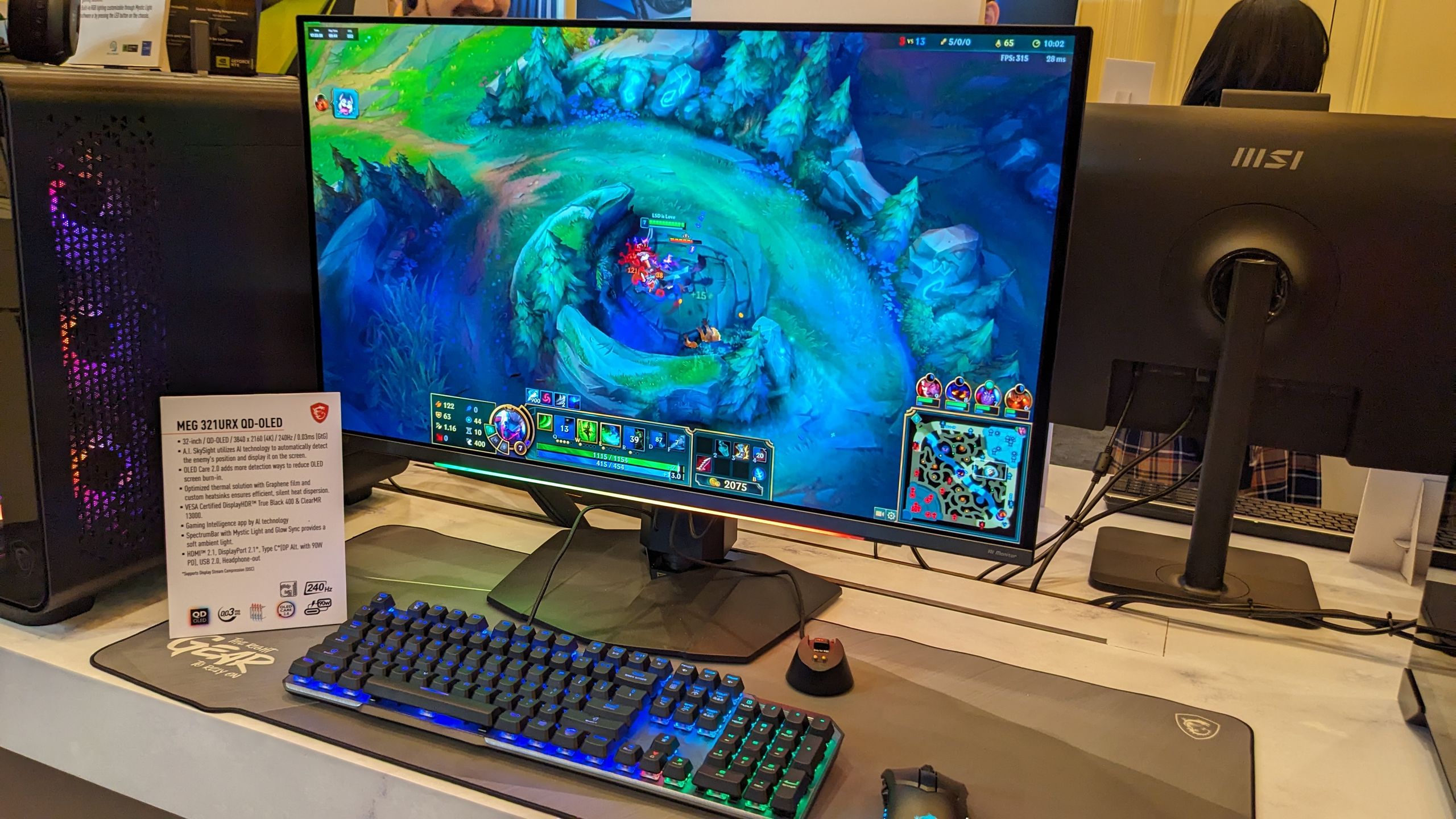Made up?
Why do people buy high refresh rate monitors and want high fps? Usually because they want a smoother image, better motion, less lag.
What would you rather have?
If you want that improvement, then you pay up as you would for when it comes to wanting anything "improved/better".
TestUFO: Strobe Crosstalk

www.testufo.com
This is going to be more beneficial for LCD monitors than OLED but there is still a use case even here and yes, it is primarily going to benefit competitive shooters the most.
If you're questioning what the point of this is then no offence but it clearly isn't aimed for someone like you and sounds like you're better of to make do with consoles if you don't cae about high fps, motion and so on.





